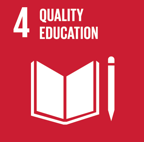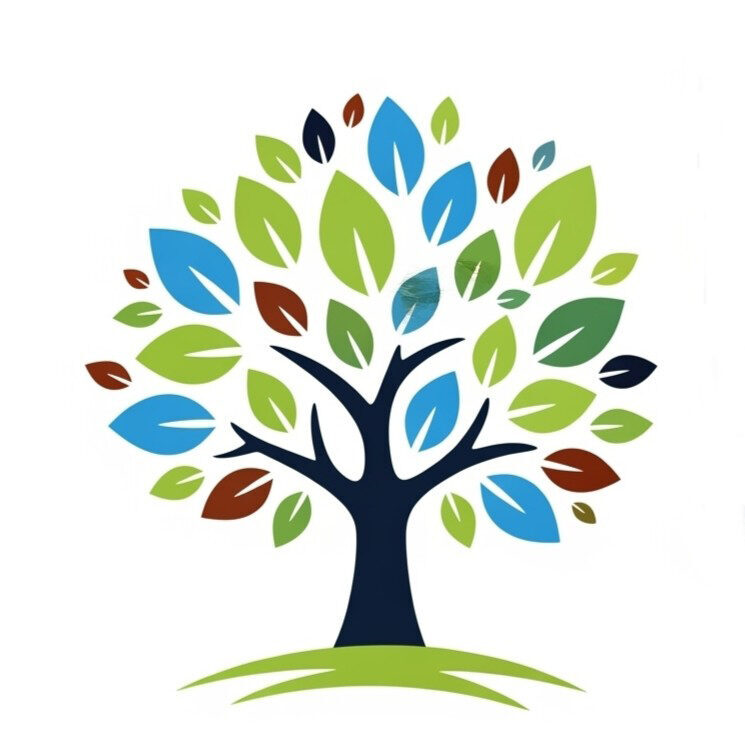Project
Inner Voice (Student Athletes 2)
How might we use data collection and visualisations to create a Digital Twin that fosters self-development during a student’s career?
Student life can be, both, emotionally and physically draining. Students juggle with academic expectations at the same time they go through the pains of growing up and starting an independent life. This adds to an ever-growing sense of unease and uncertainty about the future that can take a toll on a student’s mental and physical wellbeing. However, even if the topic of mental health has risen to prominence, it is still difficult for young adults to perceive their own emotions and assess their wellbeing. This can lead to a loss of confidence and will to continue with their careers and reach their life goals.
The Academy of Physical Education (ALO), as well as the elite student athlete program of the Amsterdam University of Applied Sciences (HvA), are trying to tackle this issue by exploring the potential of Digital Twin technologies to better understand and assess their student’s academic, physical, and emotional needs.
According to Malesse, Pasquale, and Riemma:
“A digital twin is a virtual representation of a physical product, asset, process, system, or service that allows us to understand, predict, and optimise their performance for better business outcomes”
Even though it generally refers to virtual representations for data-driven decision making, ‘Digital Twin’ is nevertheless a vague term, mostly used in industrial and manufacturing contexts, and with no universally agreed upon definition. So instead of giving a simple definition, Korenhof, Blok, and Kloppenburg have detected several common -yet non-fundamental- traits of Digital Twin technologies:
- Digital Twins are real-time dynamic representations of a physical entity or process.
- Digital Twins are realistic and comprehensive representations. They are expected to go beyond being an abstraction of the physical entity and provide information not directly accessible in the original.
- Digital Twins are regularly ascribed predictive qualities. The representation is expected to reflect potential future states of the physical entity, like the entity’s future behaviour.
- Digital Twins tend to be ascribed prescriptive qualities. The twin is expected to determine the behaviour of the physical entity, normally by optimising, increasing efficiency, fostering “correct” outcomes, or decreasing deviation. That is, a Digital Twin projects a moral view or a desired end state on the physical entity it is modelling.
- Digital Twins create a “virtuous” feedback loop between the represented object and itself.
Taking these aspects into consideration, Digital Twin technologies applied to mental health and educational contexts would be a virtual representation of the students’ journey through an academic program. Ideally, it would model the relations between the different actors involved: students, teachers, coaches, mentors, parents, etc. However, both mental health and education are not necessarily processes that can be easily measured, assigned indicators, and therefore optimised.
Applying Digital Twins technologies in these contexts might suggest an edge case that puts into test and redefines the boundaries and uses of these technologies. That is, instead of asking what Digital Twins and data-driven decision making can do for mental health and education, this design challenge asks what education and discourse on mental health can do to reconsider the assumptions behind Digital Twin technologies.
This project is therefore conceived not necessarily as a data-driven representation or profiles of individuals, but a mapping of a community; creating contexts for communication and mutual comprehension that foster self-reflection and wellbeing between the different actors involved. Data gathering and visualisations are not as much a tool for optimisation, but contexts that allow stakeholders to gain insights on their own emotional states, creating stronger bonds that encourage the necessary skills and attitudes to pursue and accomplish vocational goals.
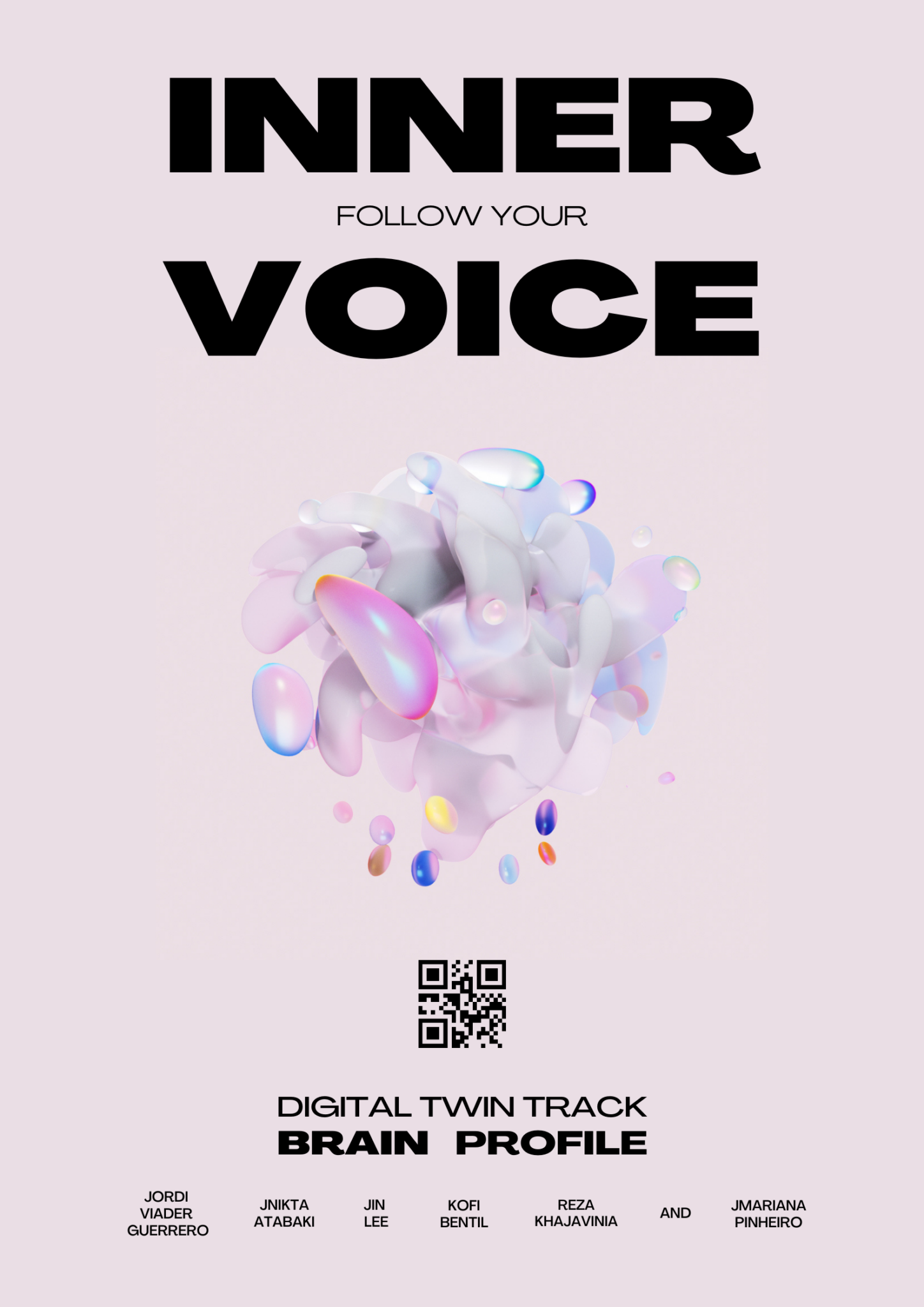
Our Proposal: Inner Voice
During our research and design process we approached students at HvA’s physical education program. We got acquainted with their school activities and student journey. Moreover, we designed workshops to get to know their problems and the ways in which they addressed them.
We made the choice to distance ourselves from a conception of Digital Twins as a tool for individual profiling through data collection, which often incentivizes the cultivation of the self in order to produce more data to feed a system. So, by focusing on the actions and relationships these tools incentivize on the people that use them, we reframed the assumptions behind data collection and Digital Twins. Digital Twins would be, then, a medium for students, professors, and school health services to better know each other: a space to share experiences, build bonds, and nurture trust.
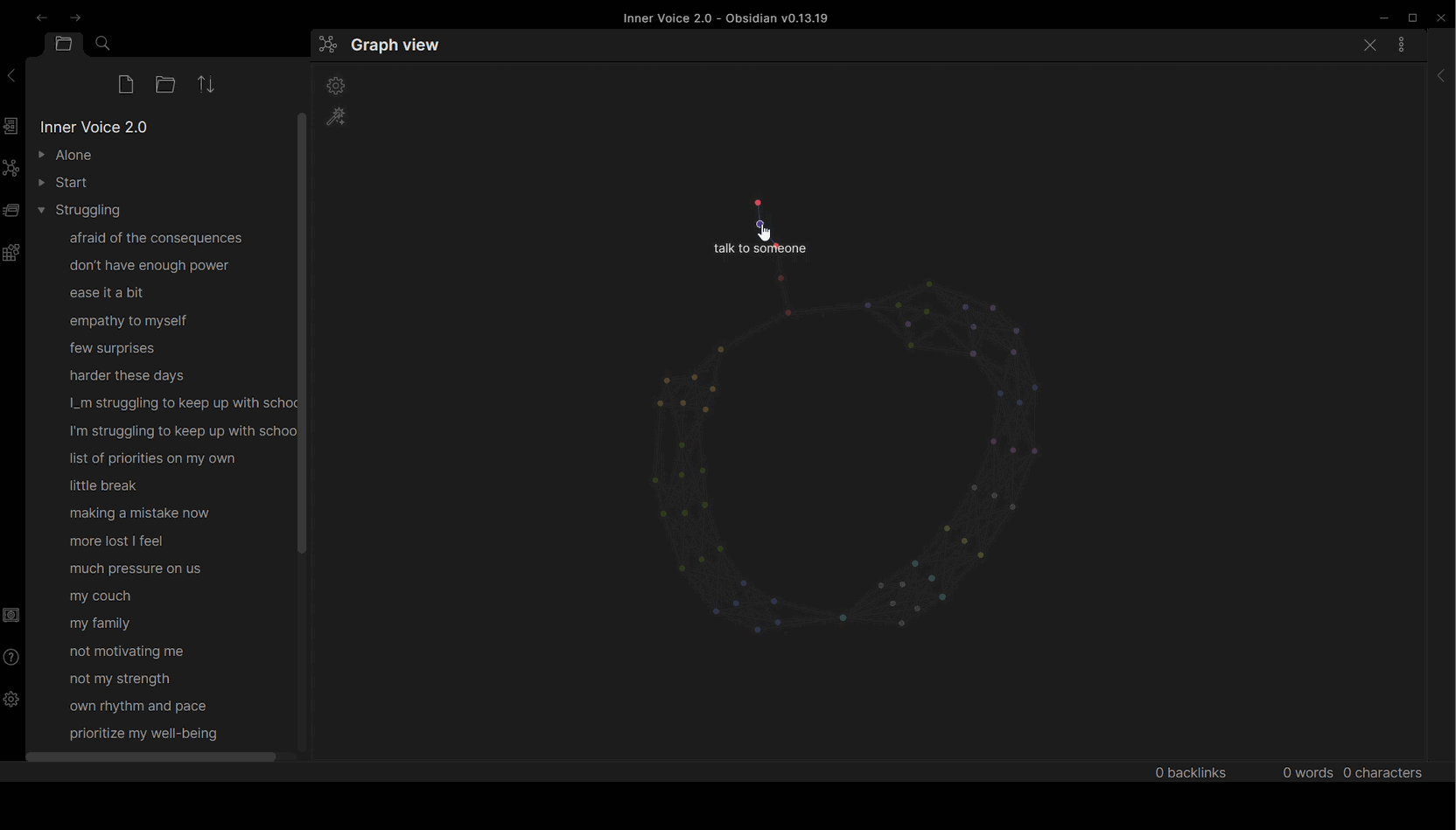
We used the Obisdian tool to design a multilinear and interactive storyline to guide students through a self-reflection process.
Therefore, we reconsidered the metaphor “brain profile” and instead opted to create a “nervous system”. Ideally, an artificial nervous system would add a new layer of human interactions and activities and actively reframe existing ones by recursively sensing, representing, understanding, and bringing new meanings to them. This system can be thought of as an open-ended feedback system empowering students to develop values such as autonomy, self-reflection, and emotional resilience.
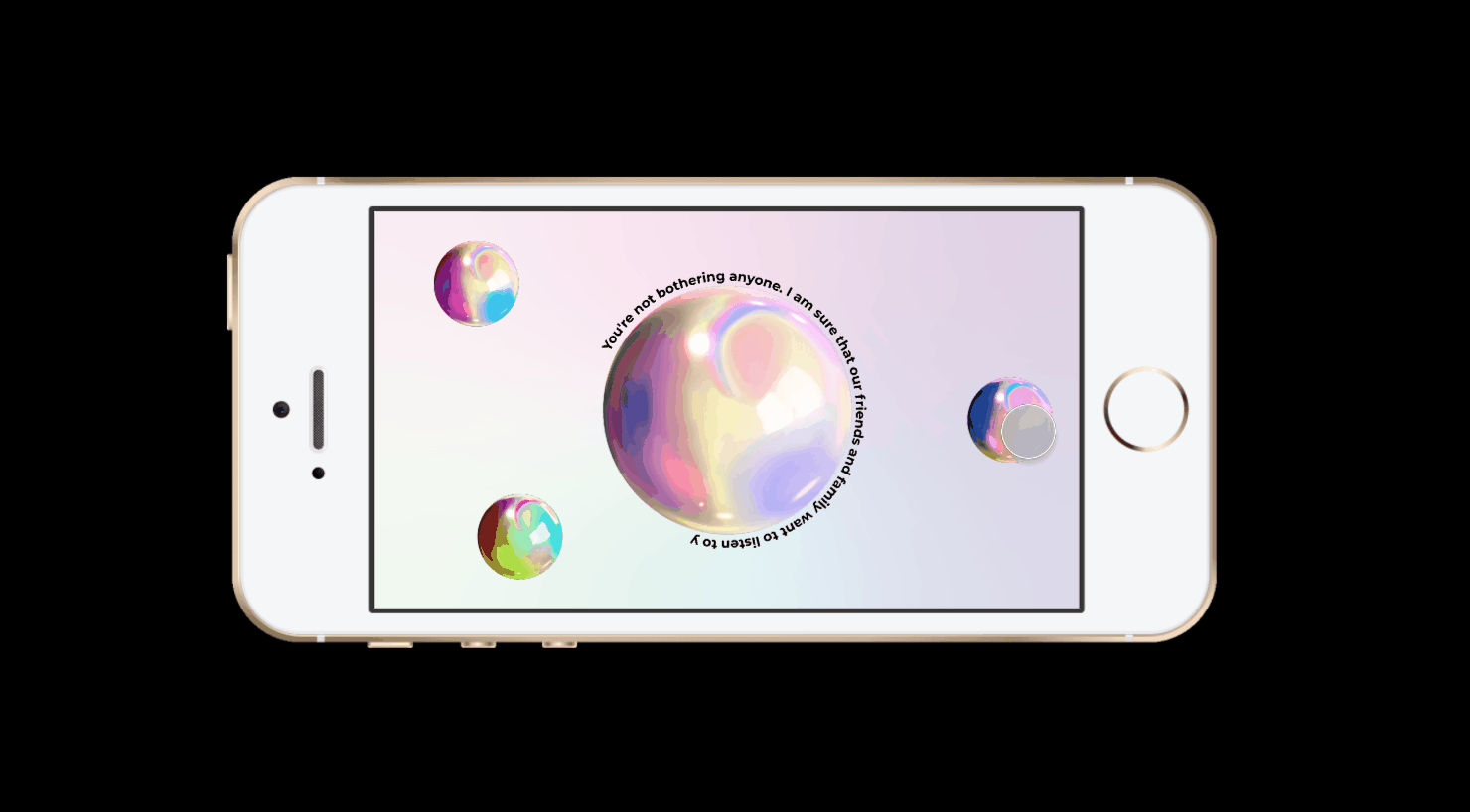
Prototype of “Inner Voice”
To do this, we designed a prototype of a Digital Twin that is not just a profile of individual students, but a virtual space where they can reflect on how they feel. This twin, called Inner Voice, acts as a conversational partner creating a no-judgement zone where students feel safe enough to express themselves and find new terms to better describe their feelings. Students can choose between different storylines; each of them focusing on distinct emotions or problems they might experience during their school journey. Thus, inviting students to reflect on their personal situations.
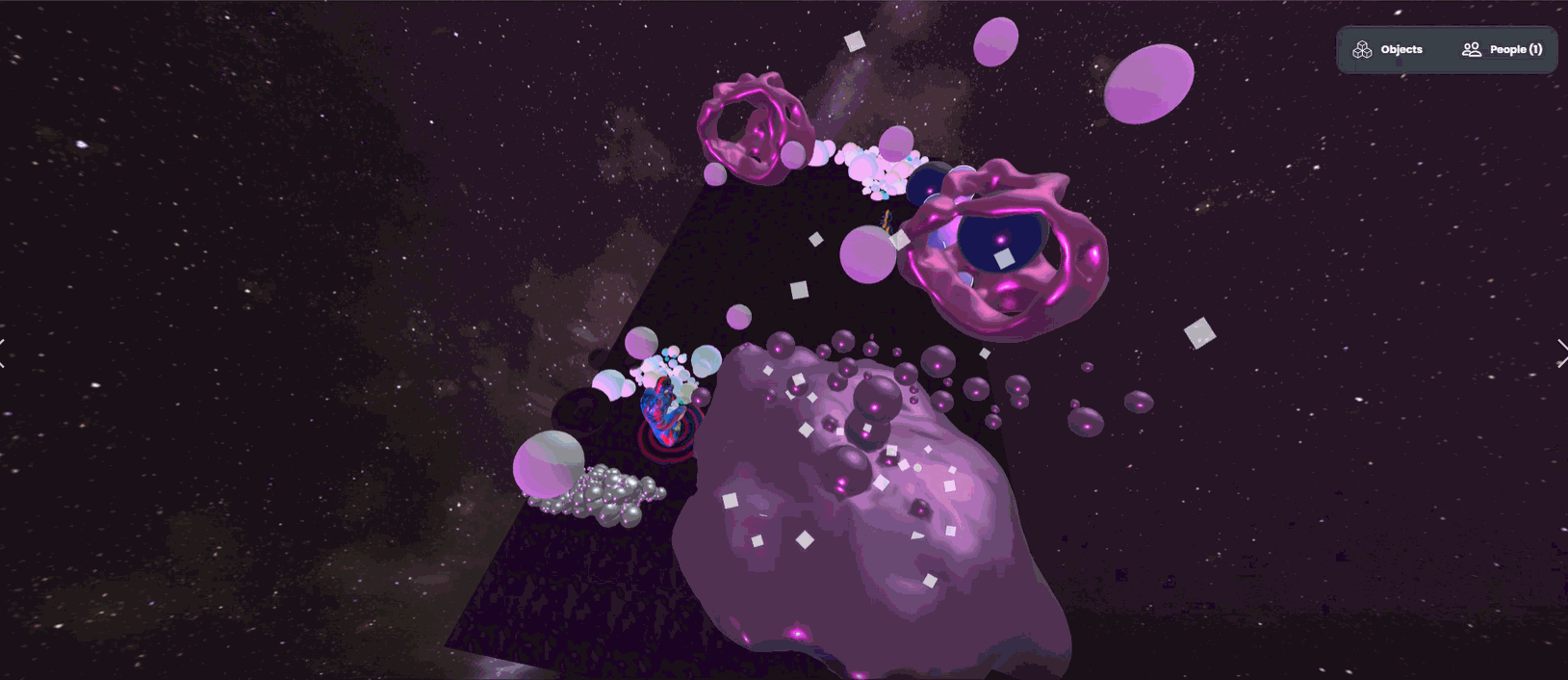
Virtual spaces can be used to promote novel ways to experience data (pictured: Mozilla Hubs).
Inner Voice also acts as a source of data to gain insights about the common wellbeing of the student community. School health services, professors, and students themselves will be able to visualize this data on virtual spaces that encourage sharing and participation. Digital Twins for mental health and emotional development cease to be a Brain Profile to be reimagined as a holistic Nervous System for practicing wellbeing.
Check out our webapp prototype.
Try out our virtual room for self-reflecion on Mozilla Hubs.
Read through the full interactive storyline.
This project focuses on the Sustainable Development Goals:
![]()
